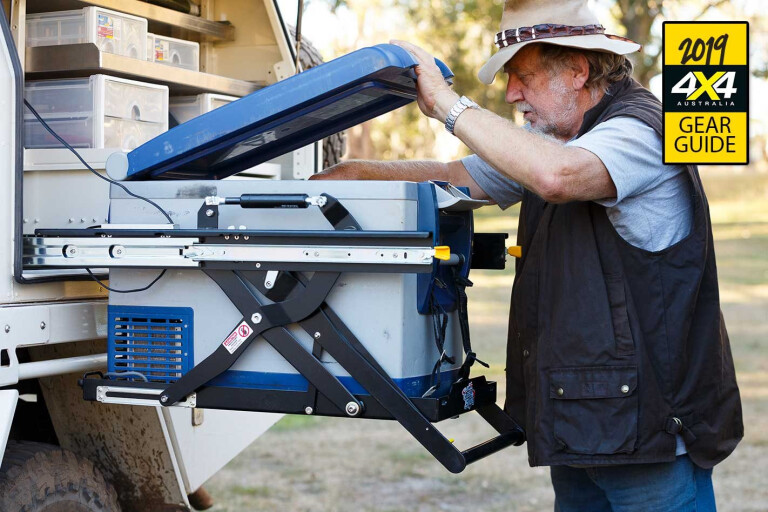
Thanks to modern portable refrigeration, keeping food fresh when touring is easier than ever – but don’t buy any old fridge.
Esky or fridge
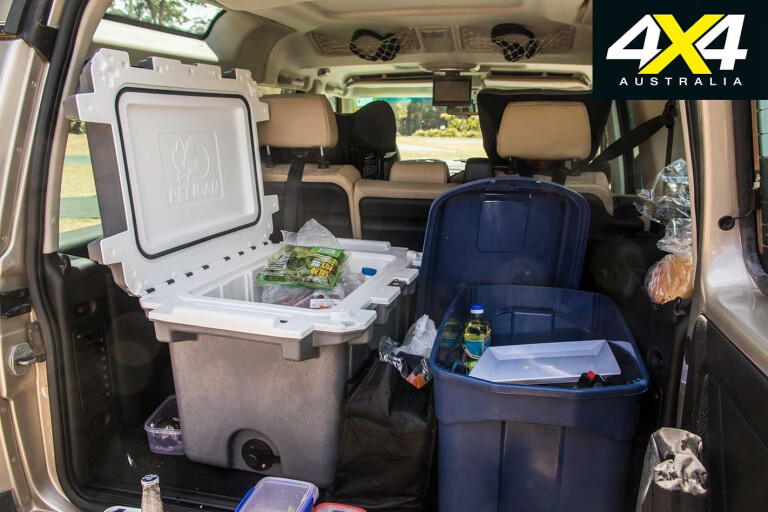
The Esky or fridge question is almost redundant these days thanks to the fact portable fridges are better and more affordable than ever. Of course, an Esky full of ice still has its place – say, for keeping the catch cold when you can buy ice up the road – but if you’re going to go touring in remote areas you really need a portable fridge.
Size and shape
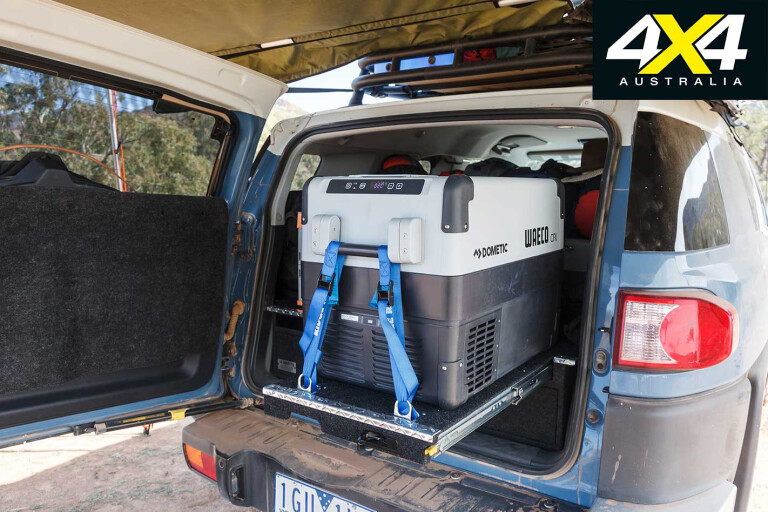
The style of fridge you buy will depend on what food and drinks you need to keep cold and how you want to access the fridge’s contents once it’s mounted in your vehicle or trailer.
Portable fridges come in sizes ranging from small 15-litre units that can be mounted between the front seats, to big 80-litre units. The size that best suits you will depend on how much space you have available in your vehicle and/or trailer.
Some fridges will have a single cabinet with a removable basket while others will have dual cabinets with separate controllers, allowing one cabinet to operate as a fridge and the other a freezer.
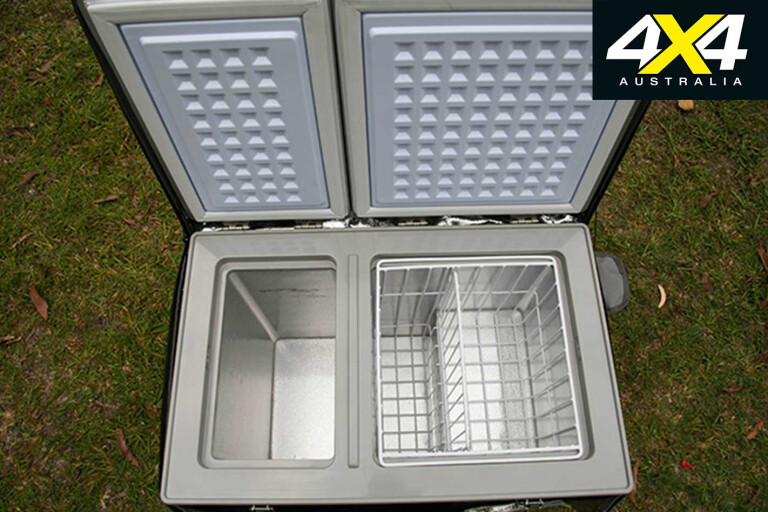
The fridge’s external shape will affect ease of use. If, for example, it’s high and with a hinged lid on one end, you might struggle to open it in a vehicle with a low roof. Examine the ways in which lids open on different models to ensure you choose the one that suits.
The fridge will need to be near a 12V power source (through a socket or hardwired to the vehicle’s electrical system) and you’ll need to ensure you can see and access the fridge controls. To operate efficiently, the fridge will require space around the compressor and condenser, so don’t pack stuff right up against it.
Power and cooling
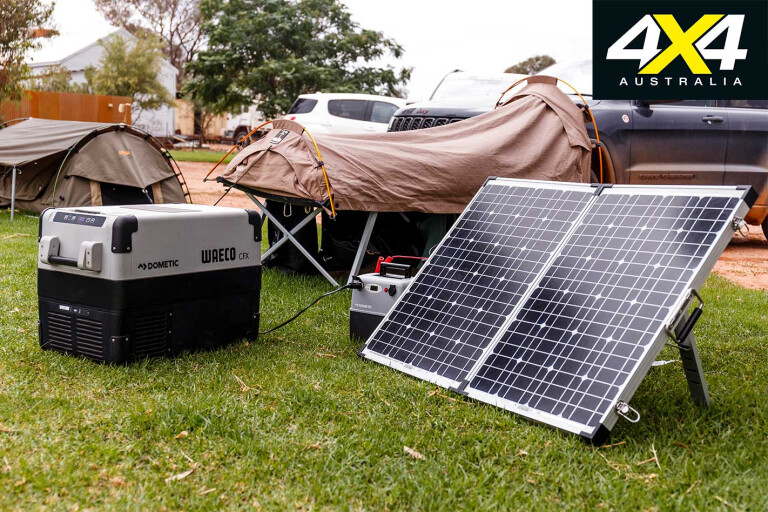
The bigger the fridge the more it will weigh, so take that into account when selecting a model. Larger fridges also tend to consume more power; although, that’s not always the case depending on efficiency and effectiveness of insulation.
A fridge’s claimed power consumption will be listed in Ah (amps/hour), but when comparing one fridge to another ensure the way in which power consumption has been measured is the same for each fridge. For example, take note of the cabinet temperature and the ambient temperature at which the manufacturer has listed power consumption.
Overall cooling capability is also important, as any fridge you put in the back of your vehicle will need to be able to maintain a temperature of below 4°C to keep food fresh, even when the ambient temperature is above 50°C.
Other features
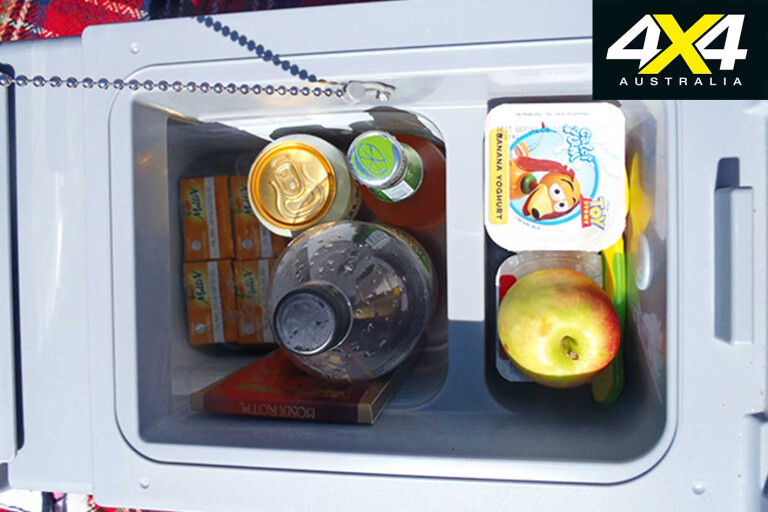
The shape of the interior cabinet is important to consider. A fridge with a separate fruit/dairy area is a good idea, as is one with a basket and divider, allowing you to easily stack and access fridge contents. Bonus features include a built-in evaporator and drain plug for easy cleaning, an interior light and a low-power cut-out.
Examine the materials the exterior cabinet and lid are made from and ensure their finish is up to the rigours of off-road touring. Make sure the fridge has sturdy carry handles and tie-down points, and check for the availability of accessories such as transit/insulation bags.
A fridge slide will make access to fridge contents much easier.
Food handling
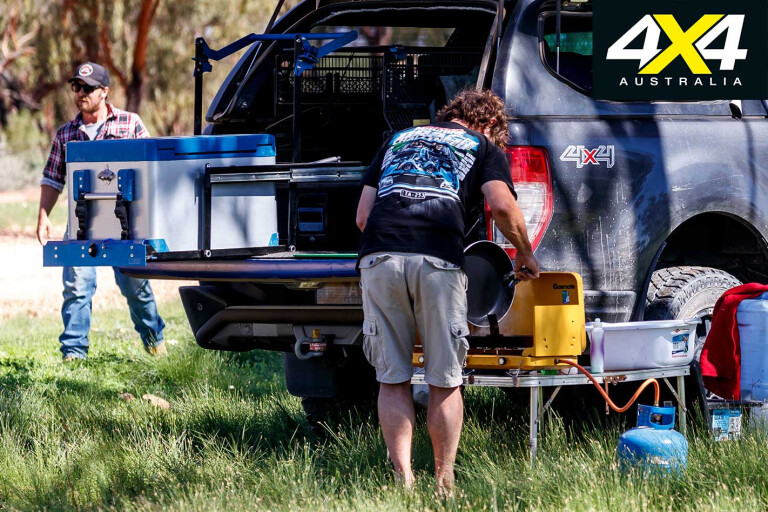
The last thing you want is to get crook on a trip away, especially when in remote areas far from medical help. Always wash your hands before handling food and always check the fridge maintains its set temperature – when in doubt, chuck food out. A fridge monitor with an alarm is a fantastic accessory.
When carrying perishables such as meat, it will last longer in Cryovac packaging (up to four to six weeks if stored below 4°C). You can purchase your own Cryovac machine or ask your butcher to package the meat this way.
Finally, ensure your vehicle has enough power to keep your fridge chilled. You’ll need a dual-battery system and a decent charging system if you want cold beer for the duration of your trip.

COMMENTS